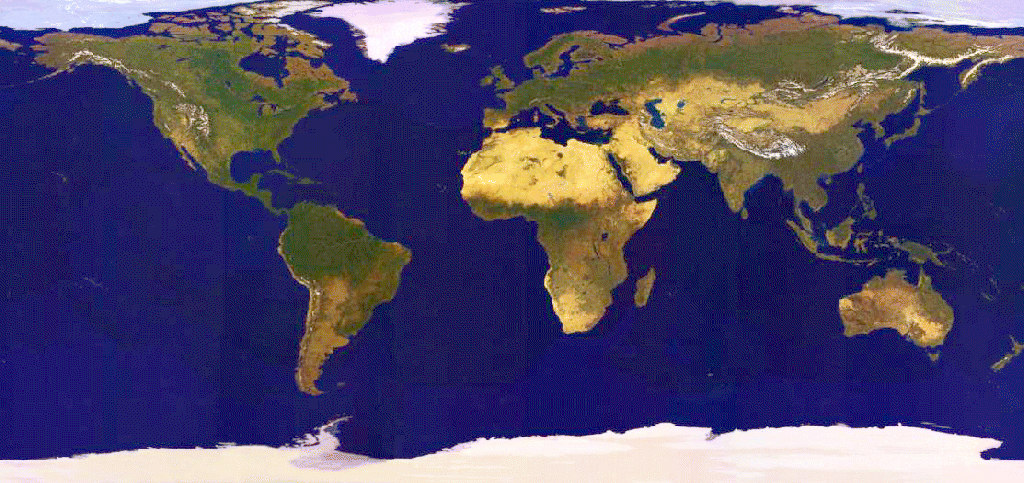DODO
The Dust Outflow and Deposition to the Ocean (DODO) airborne experiment took place at two different periods in 2006: in wintertime (7�16 February) and in summertime (22�28 August). The aim of DODO was to characterised dust as a possible nutrient for the marine ecosystems. For this reason, the FAAM BAe-146 aircraft was based in Dakar, in Senegal, and most of the twelve research flights (six in the winter period and six in the summer period, respectively) were conducted over the Atlantic Ocean in the outflow from the African continent. However, two flights, one per season, were performed inland above Mauritania in order to sample dust at or very close after emission (McConnell et al., 2008). Air mass dispersion calculations indicated that dust encountered during wintertime originated from a relatively limited region around the south of Algeria and Mauritania, whereas in summertime a larger diversity of sources, including Western Sahara and Morocco, but also south of Algeria, northern Niger and southern Libya (McConnell et al., 2008).
- AMMA_DODO_MINERALO.txt
- DODO_Feoxide.txt
- DODO_campaign_description.txt
- DODO_elemental.txt
- DODO_experimental.txt

